The world is a big, wonderful place full of facts we never thought possible. For instance, if a pregnant mouse has a sudden medical issue, the fetus will send stem cells to heal the mother, increasing its chances of survival as well. Fetal stem cells have been found in human mothers as well, dubbed by science as microchimerism.
Bright Side dug up some more marvelous facts about nature and its creations, upholding our yearly resolutions to spread knowledge and joy.
1. The heart slows when your face touches water.
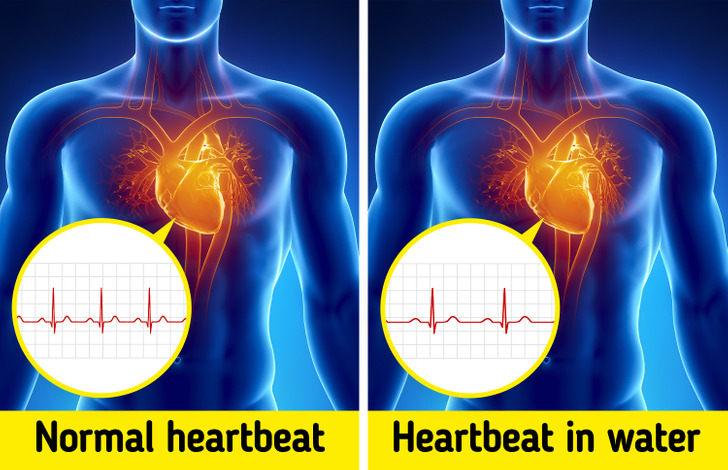
As mammals, we can’t breathe underwater, so as part of the mammalian dive reflex, our heart rate goes down in the water — more so if we go underwater. Even splashing the face with water makes the heart slow down, making it a great way to calm down.
2. Fungus can break down plastic in weeks.
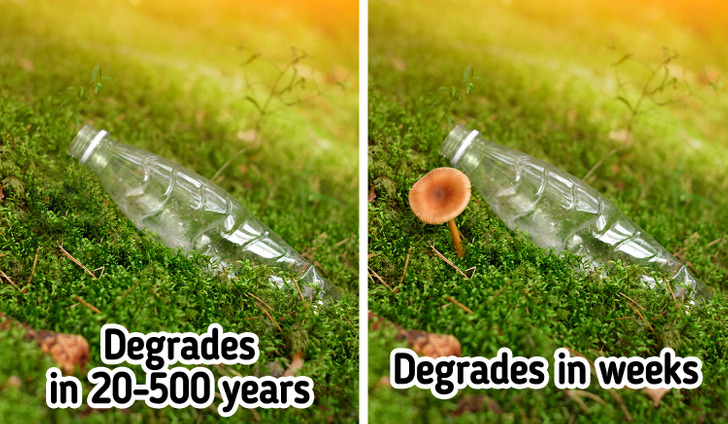
It is said that in the future, there may be more plastic in the ocean than fish. This is why the plastic-eating fungus is great news, and there are around 50 new species of such fungi discovered already. One of the fungi discovered can digest plastic within 2 months, so there’s hope for us yet.
3. Newborn babies can support their own weight.

Newborn babies are strong — strong enough to be able to grasp things in their tiny fists and even support their weight as shown by an experiment done in the nineteenth century. Louis Robinson witnessed babies able to hang from a walking stick, from 10 seconds to 2 minutes and 35 seconds.
4. Koala fingerprints have been mistaken for human ones.
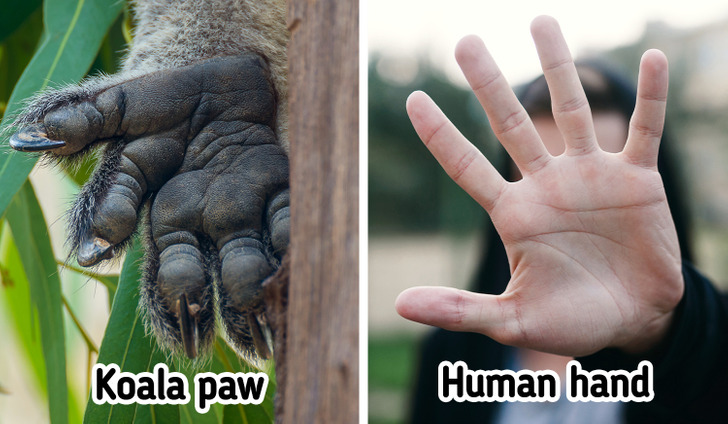
We’ve been told that our fingerprints are unique, and they are. But the fact remains that even though we share a common ancestor with the koala that was alive 100 million years ago, koala fingerprints look very similar to human fingerprints, as do chimpanzee fingerprints for that matter.
5. Snails can sleep for 3 years.
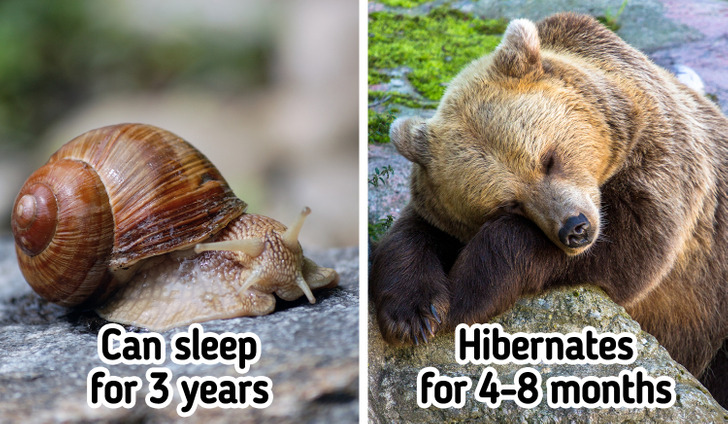
If you thought bears had it good with hibernation, meet the snail. Snails can sleep rather than hibernate for 3 years at a time without needing food. Of course, this is with some snail species, not all of them. Meanwhile, bears usually hibernate for just 4-8 months.
6. Sloths need 2 weeks to digest food.
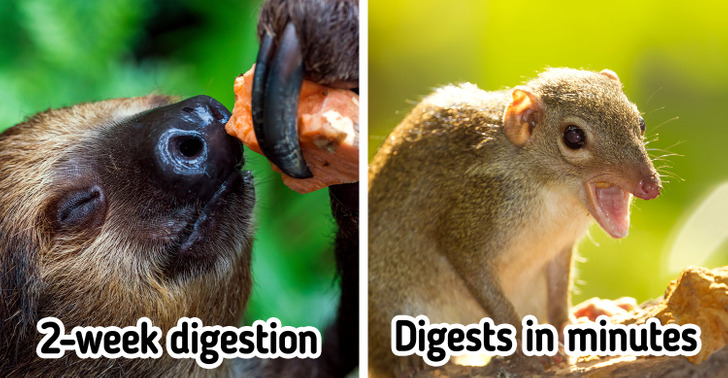
Sloths don’t only move in slow motion — even their insides move slowly, ostensibly to preserve energy, which is why a sloth’s digestive system takes 2 weeks to process the food it ate. Plus, most of what it eats is indigestible, giving it very little energy from each slowly chewed mouthful.
On the other end of the spectrum lies the shrew, whose digestion takes mere minutes and is done so fast, not much of it is fully digested. This is the reason why shrews eat their own feces. They can die of starvation in a matter of hours if they don’t eat.
7. Your brain ignores seeing your nose.
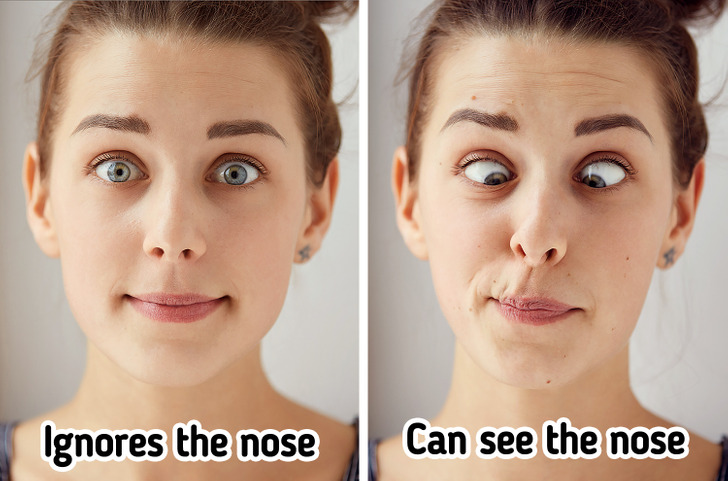
We can see our nose all the time, it’s just that the brain tends to ignore it because it’s a constant visual stimulus. It’s the same with people who wear glasses. After a while, they simply stop noticing them.
8. Your forearm is the same length as your foot.

If you don’t have the time to try on a shoe, measure it from your elbow crease to your wrist. If it fits or is just a little smaller, it would fit your foot because the length of your forearm is the same as your foot. And this is just one of many human body ratios that are a marvel in themselves, including the fact that your femur bone is one-quarter your height.
9. You can “see” your white blood cells.
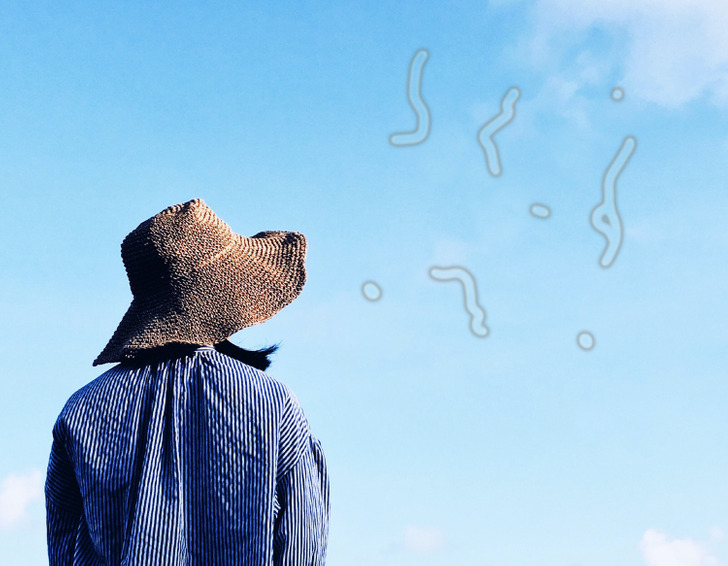
If you look up at a cloudless, bright blue sky and see some wiggly things at the periphery of your vision, you’ve just experienced the blue field entoptic phenomenon. The wiggly things are white blood cells moving in the fine blood vessels moving in front of the retina, at the back of the eye.
10. Human beings have striped skin, but only cats can see it.
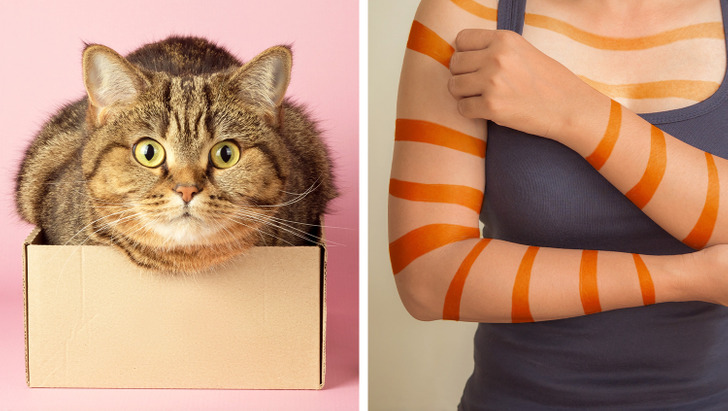
Human beings have stripes and patterns on the skin too, and they are called Lines of Blaschko, name eponymously by the scientist who discovered them, Dr. Alfred Blaschko. These are closer to tiger stripes, forming more of a V-pattern fanning out from the center to the extremities. These lines are visible under UV light, a spectrum that cats can see too, which is why cats can see you as a striped being as well.
Which of these facts turned out to be a revelation for you? Share your extreme nature facts with us and blow us away.
Preview photo credit Shutterstock.com, Shutterstock.com
Celine Dion Reveals Her Problem

In addition to giving her fans a major health update, Celine Dion announced that she would be delaying some of her tour dates until 2024.
A Message from Celine to You
“I’ve been dealing with health issues for quite some time, and it has been an immense challenge for me to confront these obstacles and discuss the journey I’ve been on,” Celine wrote in a poignant post on Instagram. She stated quite frankly that she will not be prepared to continue her European tour in February as originally scheduled.
A More Detailed Exam of Celine’s Health
Celine went on to describe her health in more detail, revealing that stiff person syndrome is a neurological ailment for which she has been diagnosed. Her illness is resulting in severe and incapacitating muscular spasms. It seems sense that Celine is giving her recuperation and wellbeing top priority by taking the required time.
Postponed Tour Dates
Fans may be disappointed by the announcement of the rearranged tour dates, but it’s evident that Celine’s health continues to come first. She is determined to make sure she fully recovers before going back on stage, as seen by her choice to postpone the European tour until 2024.
An Endearing Expression of Thanks
Celine thanked her fans for their steadfast support despite the difficulties she is now enduring. “I’m incredibly thankful for your love and understanding as I navigate through this difficult time,” she said in acknowledgment. This message demonstrates the close bond she has with her fan base.
Gazing Forward
Fans of Celine are supporting her with love and encouragement while she takes the time necessary to attend to her health issues. Fans are excitedly awaiting Celine’s victorious return to the stage since it is clear that her tenacity and willpower are just as amazing as her musical ability.
Assistance and Motivation
Fans and fellow artists have shown their support for Celine following her health update. The music business and her fans are aware of how important it is to put one’s health and wellbeing first.
Adaptability in the Face of Difficulties
Celine Dion’s experience with health issues serves as a reminder of her tenacity, which is what makes her unique. Even for a megastar of her caliber, her choice to postpone tour dates is a heartbreaking reminder of how important it is to take care of oneself.
Continue to Communicate
Fans may follow Celine on official platforms and social media as she sets out on her recuperation trip. Her perseverance and courage will surely inspire a great number of people who could also be dealing with health issues.
Wishing You Healing
Let’s band together to send Celine Dion our best wishes for recovery as she navigates the challenges presented by stiff person syndrome. Her experience serves as a reminder to all of us of the value of perseverance and self-care, and her bravery and candor continue to touch hearts around the globe.
A Consistent Signal of Assistance
To spread the love and support for Celine Dion, forward this update to your other friends and supporters. She continues to be a source of inspiration and strength for all of us as she makes these vital moves toward her recovery.

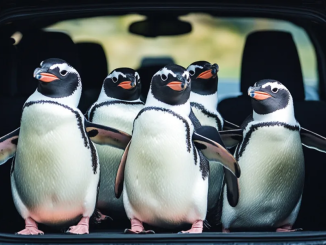

Leave a Reply